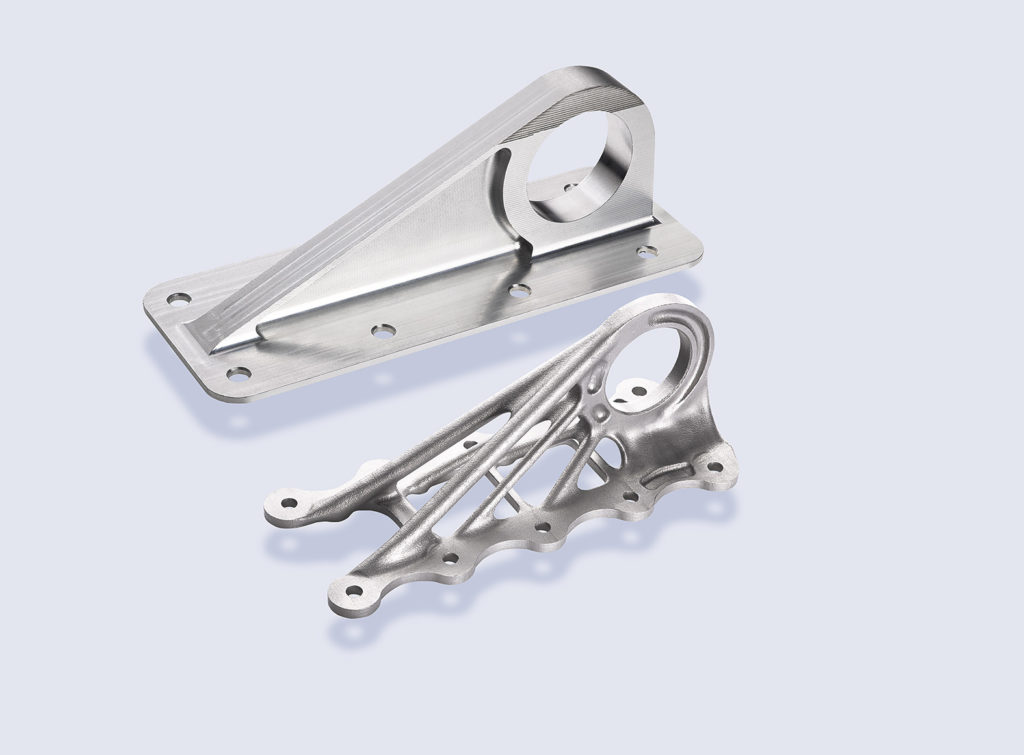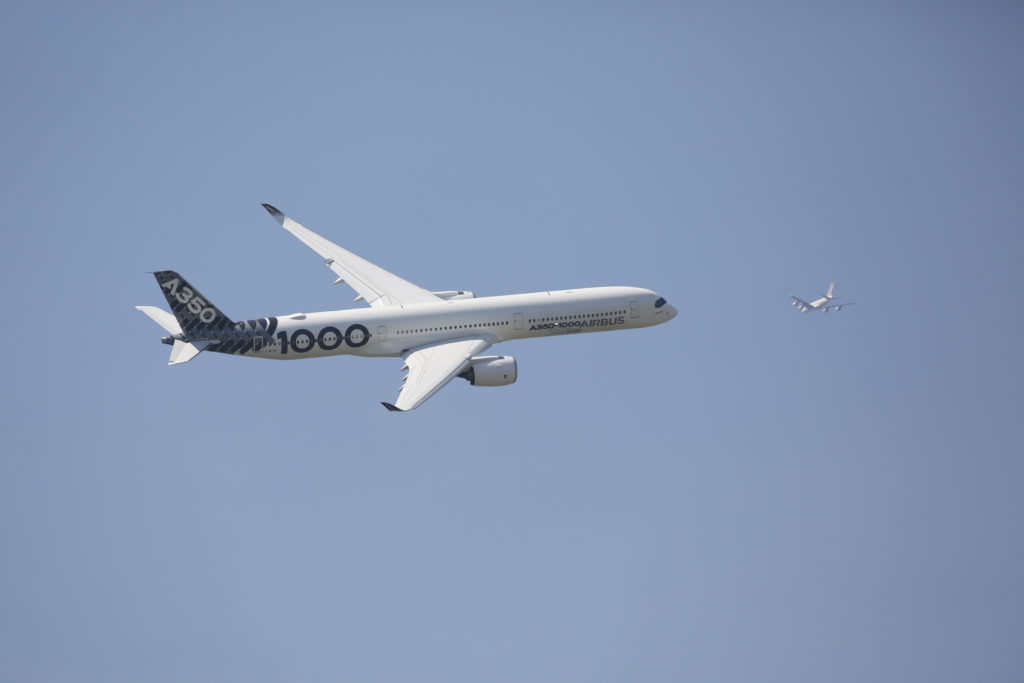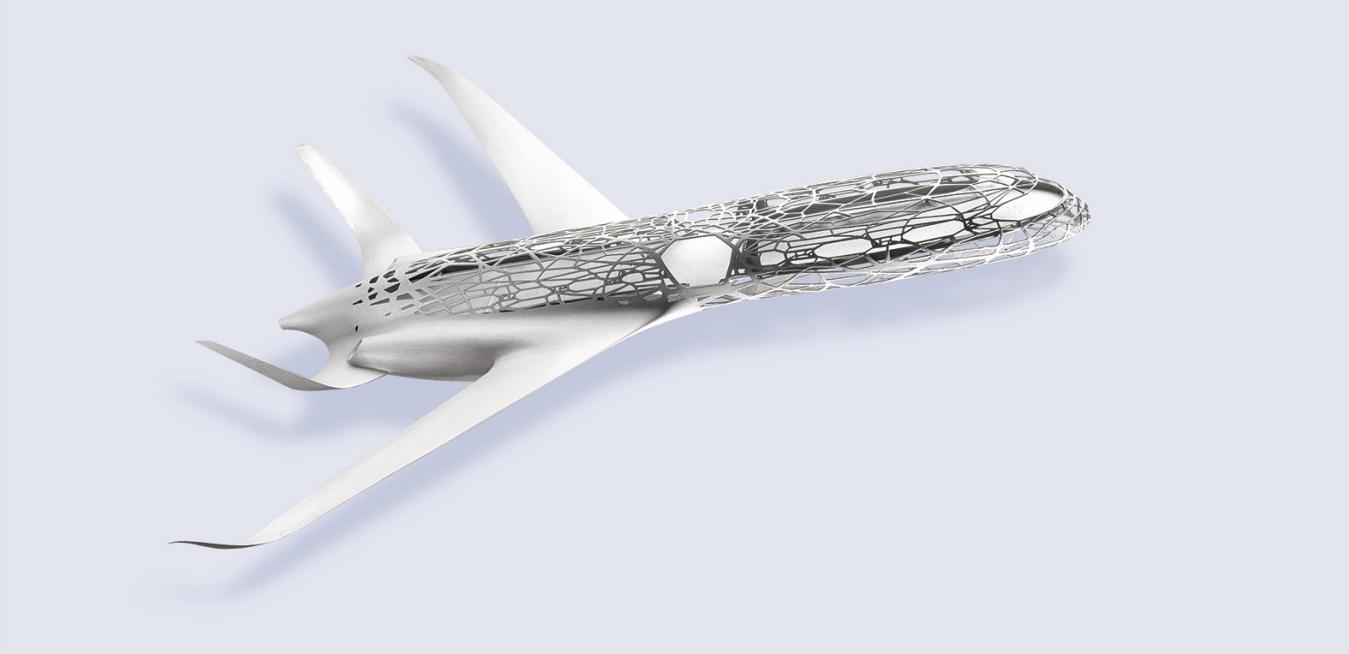Another GE business, GE Additive, also said in Paris that it was developing the world’s largest 3D printer using a laser and powdered metals to make parts primarily for the aerospace industry. GE will be working on the machine with engineers from Concept Laser, a German maker of 3D printers in which it acquired a majority stake last year.
 Top image and above: A bionic concept design for an entire Airbus jet. Concept Laser machines are already printing “bionic” aircraft parts like wing brackets for Airbus A350 XWB jets (above). The bracket earned Concept Laser and Airbus the prestigious German federal president’s prize in 2015. Images credit: Airbus Operations.
Top image and above: A bionic concept design for an entire Airbus jet. Concept Laser machines are already printing “bionic” aircraft parts like wing brackets for Airbus A350 XWB jets (above). The bracket earned Concept Laser and Airbus the prestigious German federal president’s prize in 2015. Images credit: Airbus Operations.Concept Laser machines already are printing wing brackets for the next-generation Airbus A350 XWB, which arrived in Paris on Monday. These brackets use a “bionic” design that “allows you to adapt structures from nature and find the most optimal solution,” says Daniel Hund, Concept Laser’s marketing director. Concept Laser and Airbus even came up with an idea for what a 3D-printed “bionic” plane might look like.
But before the first such plane takes off — the industry will need new printers and also new mindsets. “Some of our best engineers that have grown up in the traditional world struggle when they have to design for additive,” says Chris Schuppe, engineering leader at GE Additive. “They almost have to perform a reset on their knowledge base and open their minds to all the creative possibilities of additive. It’s not going to happen overnight. We want to help them accelerate in this journey.”
GE Additive is opening Customer Experience Centers that will help them get there fast.
 The brackets go inside the wings of the Airbus A350 XWB. Airbus brought its extended version of the plane to Paris. Image credit: Rob Butler for GE Reports.
The brackets go inside the wings of the Airbus A350 XWB. Airbus brought its extended version of the plane to Paris. Image credit: Rob Butler for GE Reports.




